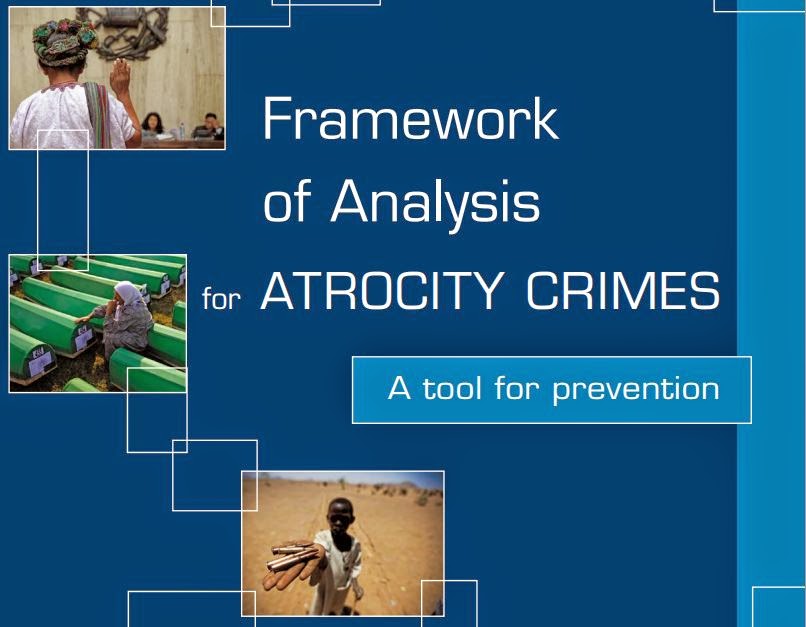U.N. Report: Destruction of Heritage Flagged as Risk Factor Related to Atrocity Crimes
The destruction of objects of cultural or religious heritage is a signature feature of genocide, crimes against humanity, and war crimes. That is the assessment offered by a recent United Nations report examining, what are collectively called, atrocity crimes.
Published by The Office of the Special Adviser on the Prevention of Genocide, Framework of Analysis for Atrocity Crimes: A Tool for Prevention describes risk factors associated with grave criminal conduct directed toward specific groups, civilians, and legally protected populations.
Several threats to cultural and religious heritage are listed by the report “that point to the likelihood that certain actors are taking steps towards a scenario of mass violence and possibly atrocity crimes.” The risk factors include:
- The “[d]estruction or plundering of … property related to cultural and religious identity;”
- “Attacks against or destruction of … cultural or religious symbols and property;
- “Signs of patterns of violence against civilian populations, or against members of an identifiable group, their property, livelihoods and cultural or religious symbols;” and
- “Threats or appropriation, seizure, pillaging or intentional destruction or damage of … property that belong, represent or are part of the cultural, social or religious identity of those protected under international humanitarian law, unless used for military purposes.”
The report should prompt collectors of cultural property, who fail to use rigorous due diligence when purchasing objects, to carefully evaluate how their acquisitions of conflict antiquities or wartime looted art contribute to atrocity crimes.
Text copyrighted 2015 by Cultural Heritage Lawyer. Blog url: culturalheritagelawyer.blogspot.com. Any unauthorized reproduction or retransmission of this post without the express written consent of CHL is prohibited. CHL is a project of Red Arch Cultural Heritage Law & Policy Research, Inc.


